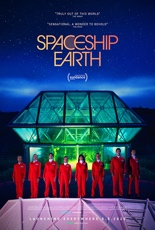
 I was smack dab in the middle of the so-called zine revolution, writing and publishing my work on an irregular basis. As a contributor to the scene, I was clinically obsessed with the trade publication of the amateur industry, Factsheet 5. It was there where I first learned about Mike Diana, the publisher of Boiled Angel, a badly drawn comic featuring some of the most socially deviant acts of satanic sex.
I was smack dab in the middle of the so-called zine revolution, writing and publishing my work on an irregular basis. As a contributor to the scene, I was clinically obsessed with the trade publication of the amateur industry, Factsheet 5. It was there where I first learned about Mike Diana, the publisher of Boiled Angel, a badly drawn comic featuring some of the most socially deviant acts of satanic sex.
At the time, I thought he was an attention-seeking sociopath who, like many zinesters, was looking for that big break into the mainstream. And, after viewing this documentary, it looks as though, for the most part, I was right and he definitely got it.
Helmed by Basket Case auteur Frank Henenlotter, Boiled Angels: The Trial of Mike Diana tells the tale of a man and his zine, a grotty little manifesto that got him in trouble with Florida law, mostly for his cartoons of rotten cannibalism, hardcore sex and other acts of salacious storytelling.
While I would have (should have?) purchased it at the time and just forgotten about it, instead the trashiest state in the union decided to punish him for the immoral zine, causing him to become a hero in the eyes of those who independently published even lesser material. And I’ll admit it: I was one of them. While Diana is very much a troubled soul who should have been left by the wayside the way most zine publishers were, I guess the movement needed a hero and he was, whether he wanted to be, it.
Judging on what he was publishing, I guess it was somewhat worth it, although I don’t think he was mentally prepared for it. If I’m being honest, neither were any of the zinesters at the time, with most of us finally knowing the true story of Diana and Boiled Angel thanks to this documentary; as they say, knowing is half the battle. So while I can’t say Diana is a personal hero, to those of us doing zines, he was definitely on the far right — or is it left? — of the heroic scale. —Louis Fowler

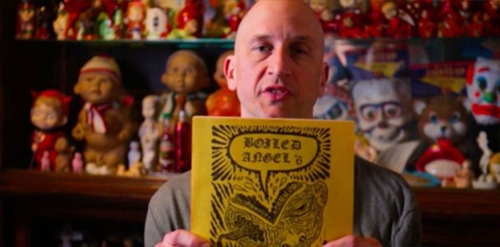
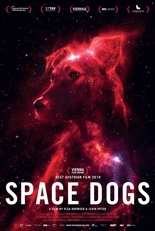 Two films bear the cute and cuddly title Space Dogs. Incidentally, both are Russian; their similarities end there. One is an
Two films bear the cute and cuddly title Space Dogs. Incidentally, both are Russian; their similarities end there. One is an  Interspersed with this you-are-there “story” is historical footage of Laika’s mission — not just her launch, either, but the preparation the poor mongrel had to endure. Let’s just say it’s surgical and leave it at that.
Interspersed with this you-are-there “story” is historical footage of Laika’s mission — not just her launch, either, but the preparation the poor mongrel had to endure. Let’s just say it’s surgical and leave it at that. 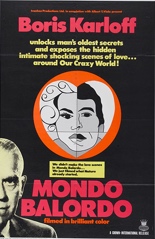
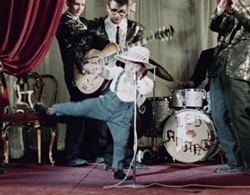
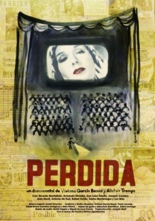 As a boy, I would’ve loved to have grown up in a family of naked women, robot monsters, Aztec mummies and masked wrestlers. But I’m not Viviana García-Besné.
As a boy, I would’ve loved to have grown up in a family of naked women, robot monsters, Aztec mummies and masked wrestlers. But I’m not Viviana García-Besné.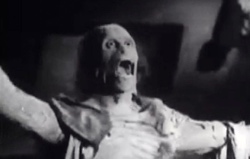 Through interviews with surviving family members of the Calderón film dynasty, she attempts to ferret fact from fiction; dusty home movies and handwritten letters help fill in the gaps, as does a third-act raid of a film vault.
Through interviews with surviving family members of the Calderón film dynasty, she attempts to ferret fact from fiction; dusty home movies and handwritten letters help fill in the gaps, as does a third-act raid of a film vault.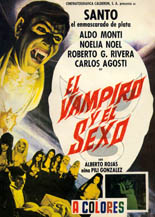 The brothers’ crooked, oft-controversial path is paved with acts of monopoly, infidelity and forgery, involving personalities like the revolutionary Pancho Villa, actress Lupe Vélez, mambo king Perez Prado,
The brothers’ crooked, oft-controversial path is paved with acts of monopoly, infidelity and forgery, involving personalities like the revolutionary Pancho Villa, actress Lupe Vélez, mambo king Perez Prado, 